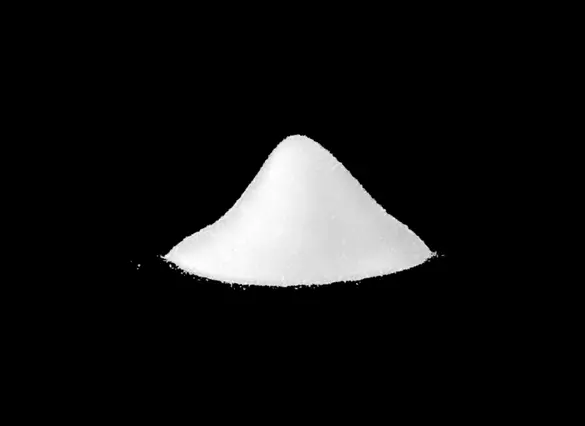IUPAC Name
Sodium Metasilicate
Cas Number
6834-92-0
HS Code
-
Formula
Na2O3Si
Appearance
White Powder
Common Names
Sodium Metasilicate Pentahydrate, Pentahydratemeta
Packaging
25 Kg Bag
Brief Overview
Sodium Metasilicate (Na2SiO3) is one of the silicate compounds that can dissolve in water. Mestasilicate Sodium is made by reacting Sodium Carbonate (Na2CO3) and Silica Sand (SiO2) in a furnace. The use of Sodium Metasilicate (Na2SiO3) in the chemical industry can be said to be quite extensive. Some of the uses of Sodium Metasilicate (Na2SiO3) include the manufacture of silica gel, catalysts, metal cleaners and various other chemical industries. Sodium Metasilicate (Na2SiO3) is a white solid with a molecular weight of 122.06, a melting point of 1088°C and a density of 2.4 g/cm3.
Manufacturing Process
The manufacture of Sodium Silicate for industrial scale was initiated by the study of Johan Nepomuk Von Fuch, Munich Professor of Minerology. This research began in 1828 by dissolving silica sand and caustic soda. Kuhlman started the Sodium Silicate industry in 1841 in France. In 1863 Sodium Silicate was produced in America after Elkington patented his furnace. In England Gossage started using Sodium Silicate to improve soap products and industrial-scale Sodium Silicate products started in Widnes in 1854.
Detergent Industry
a.It has the strong capability of cleaning, widely used for the manufacture of a variety of detergents in detergent industry, so it is the best substitute for STPP, reducing environmental pollution.
b. Sodium metasilicate provides anti-corrosion protection to metals (zinc, aluminium, etc.) and is used as metal cleaner and metal surface treatment agents.
Textile Industry
Mainly used as printing and dyeing auxiliaries, fabric pre-treatment agent and as detergents in cooking and dyeing cotton yarn.
Ceramic Industry
Used for sludge thinners. It is especially suitable for additives used in slip-casting forming and ceramic forming.
Oil Industry
Enhanced oil recovery and refining of natural oils
Cement Industry
Refractory and acid resistant cement
Water Treatment Industry
It has purifying, emulsifying, dispersing, moistening, permeating and PH buffering abilities
Paper Industry
Used as paper coatings
